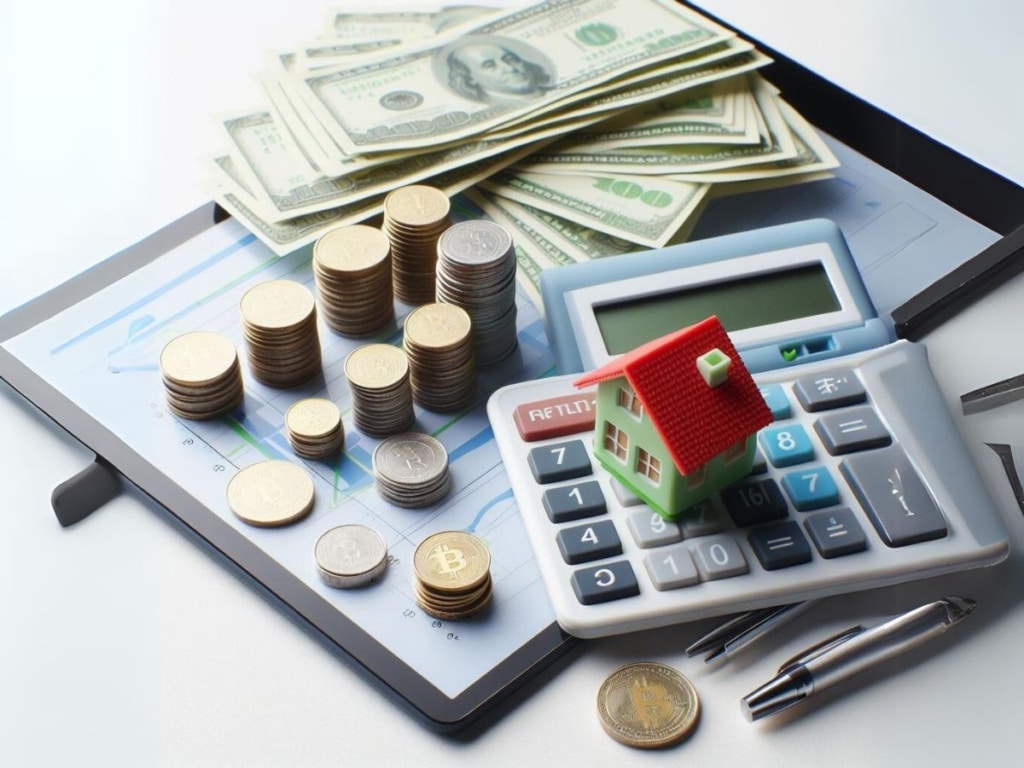Estimating the value of a rental unit is a basic process in real estate management that aims to determine a fair rental price based on a variety of factors. Understanding these factors and mechanisms aids investors and owners in making informed decisions in real estate. In this article, we will explore the main influencing factors in estimating the value of a rental unit and the mechanisms used to achieve this goal accurately and effectively. Let’s delve into the intricacies of establishing a fair rental price and explore various methods and techniques to accomplish this. This gives investors and owners a comprehensive view to estimate the value of the rental unit efficiently and effectively.
Factors affecting the estimation of the value of the rental unit:
1-Location:
Location’s influence hinges on demand for real estate and surrounding amenities and services. Locations close to public transportation, schools, malls, and entertainment areas are often desirable for renters. Therefore, it increases the demand for rental units in those areas and leads to an increase in their value. Units in areas with high crime rates or excessive noise typically command lower rental values, deterring potential tenants. Estimating the value of the rental unit requires a careful study of the location and analysis of its impact on demand and supply in the local market.
2- Property condition:
The condition of the property is an important factor in estimating the value of the rental unit. The building’s condition, required maintenance, and renovations impact its rentability and market value. Well-maintained properties with modern amenities attract tenants, leading to higher rental values. Properties needing upkeep or renovations fetch lower rental values as they are less appealing to tenants. Therefore, property owners must pay attention to the regular maintenance and updates necessary to maintain the attractiveness of their properties and increase their value in the market.
3-Unit size:
The size of the rental unit is an influential factor in determining its value, as it depends on demand and supply in the local real estate market. Larger units usually have a relatively higher rental price due to providing more space and comfort to tenants. However, preferences and needs may vary from one tenant to another. Some of them may be looking for smaller sized units to be affordable. Others prefer larger units to meet their individual needs or the needs of their families. Therefore, real estate owners must study market demand and determine the appropriate price for their units based on their size and the features they offer.
4-Facilities and services:
The presence of appropriate facilities and services is a factor that greatly influences the estimation of the value of the rental unit. For example, parking is essential in many urban areas where parking spaces are limited. The presence of swimming pools and fitness facilities is also an attractive feature for many renters, especially in communities with an active lifestyle. However, property owners must provide these services appropriately while taking into account maintenance and operating costs. This ensures that the added value you provide justifies the increase in rent.
5- Supply and demand:
There is no doubt that supply and demand are major factors in determining the rental value. For areas with high demand and limited supply, there may be strong competition among tenants for available housing units. Which may lead to an increase in the rental value. On the other hand, in areas where supply is higher than demand, rental values may be relatively lower.
Therefore, investors and property owners must follow changes in the market and understand local residential and economic trends to appropriately determine rental values according to market conditions

Mechanisms used to estimate the value of the rental unit:
1-Comparison with the market:
Market analysis and comparison with similar units is an important procedure in estimating the value of a rental unit. Through this process, similar residential units are studied in terms of specifications such as area, number of rooms, available facilities, location, general condition of the property, and other factors.
Here, investors and property owners can determine the appropriate price for their rental unit based on the prices offered in the market for similar units. This helps determine a fair rental price that attracts tenants and ensures an appropriate return on the property.
2-Cost analysis:
Cost analysis is an essential element in the process of estimating the value of a rental unit. This analysis includes a study of all costs related to operating the property, including the costs of:
- Maintenance and repairs necessary to maintain the quality of the property.
- Government taxes and fees related to the property.
- Public services such as water, electricity and gas.
- Management and marketing of the rental unit.
- Expected return on investment and expected cash returns.
3-Net income method:
Here in the net income method, the present value of the expected income from the rental unit is estimated after deducting administrative costs and maintenance costs. This method aims to calculate the net return that the owner can expect from the property investment. The main steps in this method include:
Gross Rent Calculation: The gross rent that a landlord can receive from his or her rental unit is estimated.
Administrative cost deduction: This includes real estate management costs such as administrative fees, insurance costs, and any other administrative costs.
Maintenance cost deduction: This includes costs for regular maintenance and repairs of buildings and home appliances.
Calculating net income: After deducting administrative costs and maintenance costs from the gross rent, the expected net income is calculated.
Present Value Estimation: The required rate of return or interest rate is used to estimate the present value of expected net income.
4-Other estimation techniques:
These other techniques use different methods to estimate the value of a rental unit based on multiple factors. Real estate return theory is based on expectations of the cash return expected from a property over a specific period of time, taking into account factors such as annual rent, costs, and expected changes in the market.
As for estimating the fair value using economic estimation models, it depends on the analysis of economic and market factors to determine the true value of the rental unit. This is done by studying factors surrounding the property such as inflation, interest rates, demographic factors, and real estate market expectations.
In conclusion, estimating the value of a rental unit is a vital process for landlords and tenants alike. By understanding the influencing factors and using appropriate mechanisms, a fair and balanced value can be determined that meets market needs and reflects the true value of the rental unit. Whether it is market comparison, cost analysis, the net income method, or the use of other techniques, accurate estimation contributes to stabilizing the real estate market and stimulating investment in this important sector.
You can also read more about the role of real estate evaluation in guiding successful investment decisions in the Saudi real estate market
Ensure the estimate is based on accurate data and professional standards, updating it regularly to reflect market and economic changes. Thus, landlords and tenants can better utilize the value of the rental unit and make informed investment and rental decisions.
Maybe you want to check out our properties




